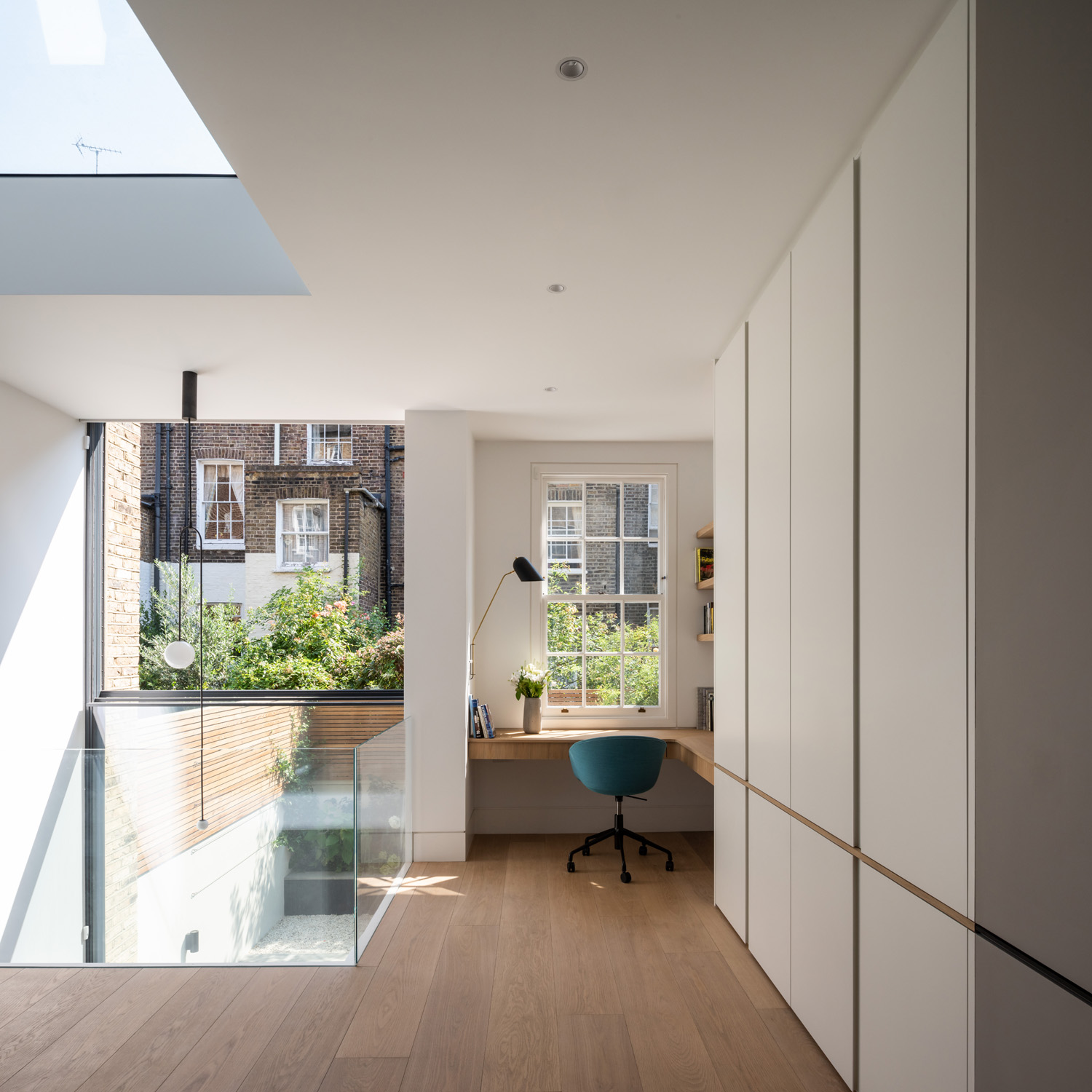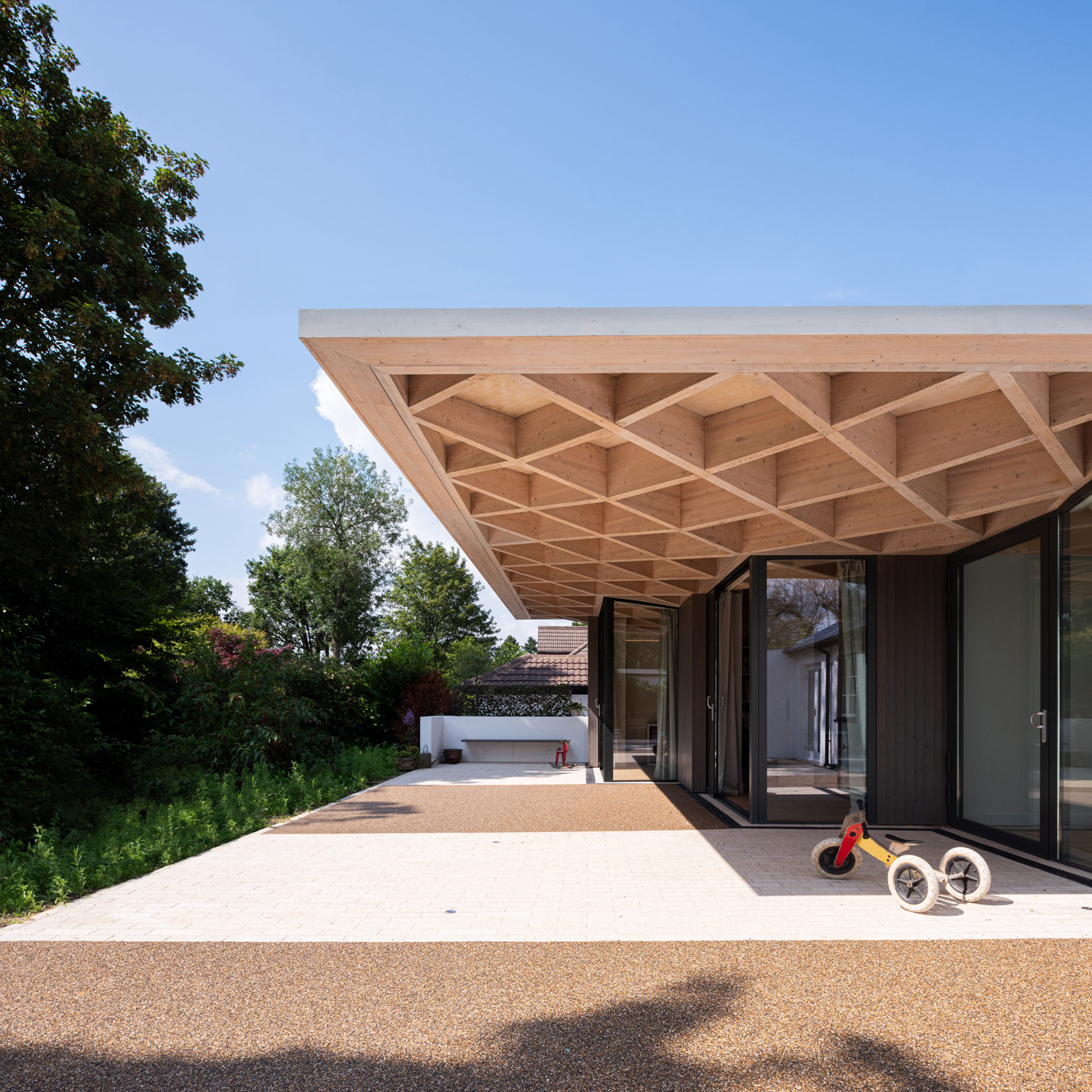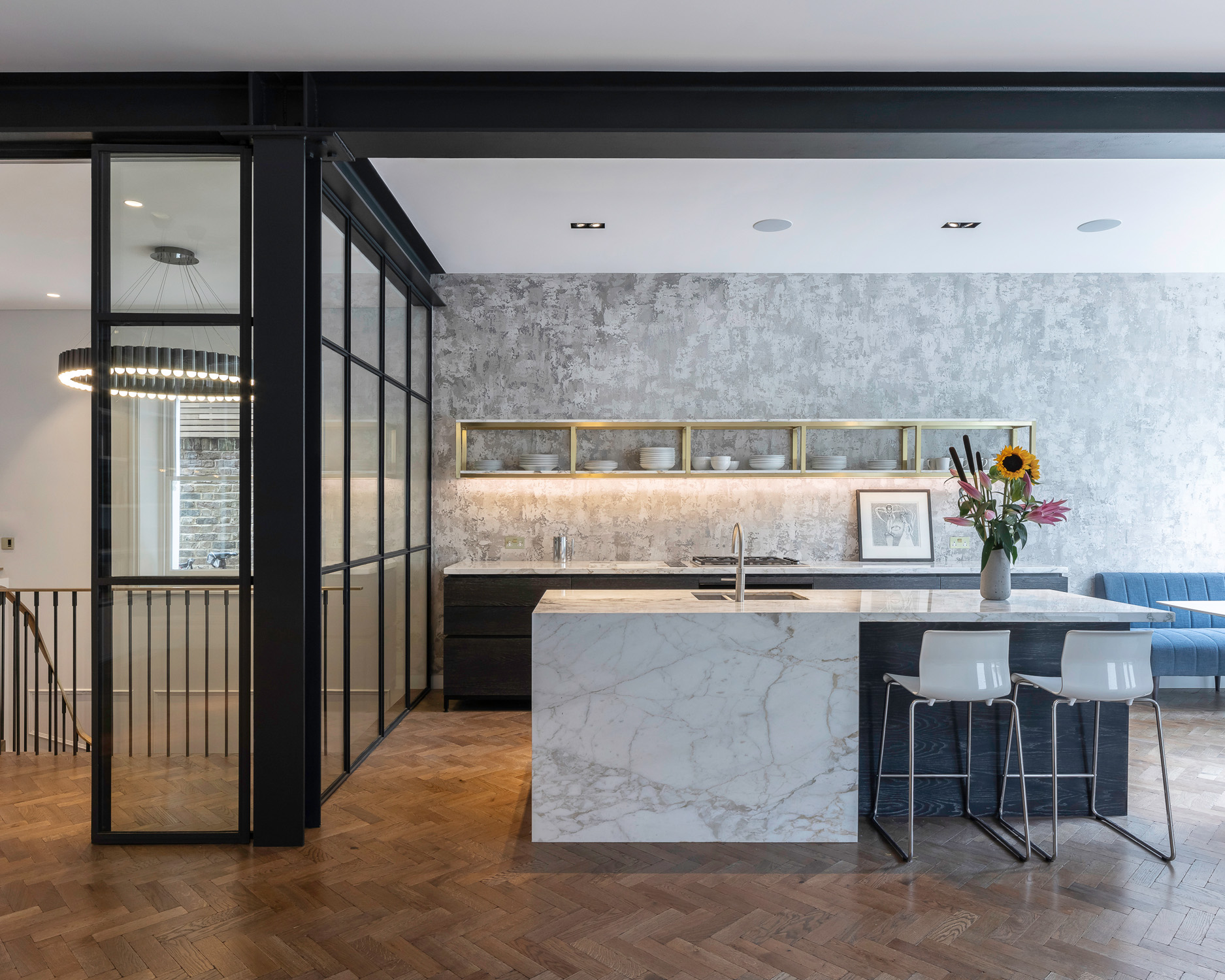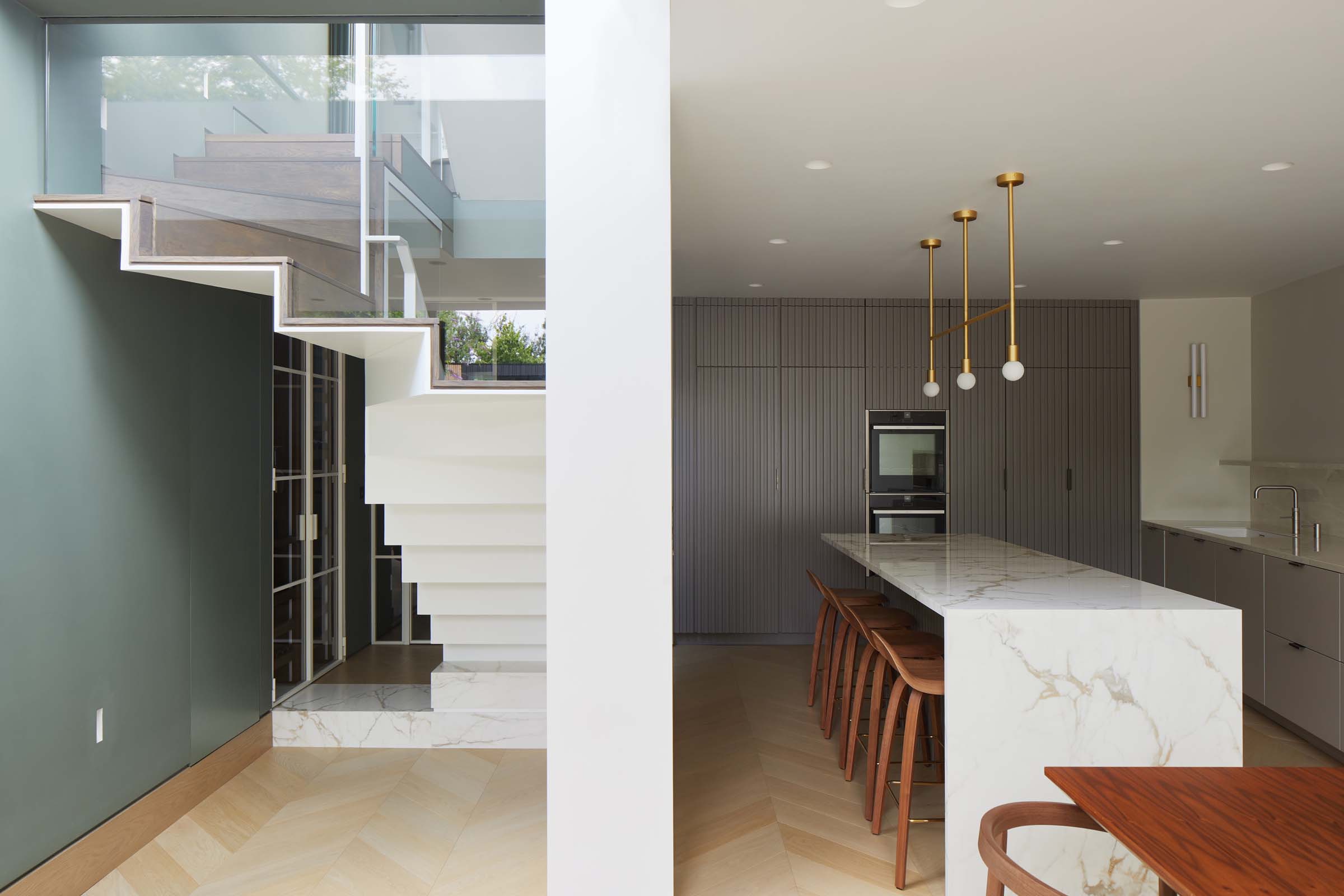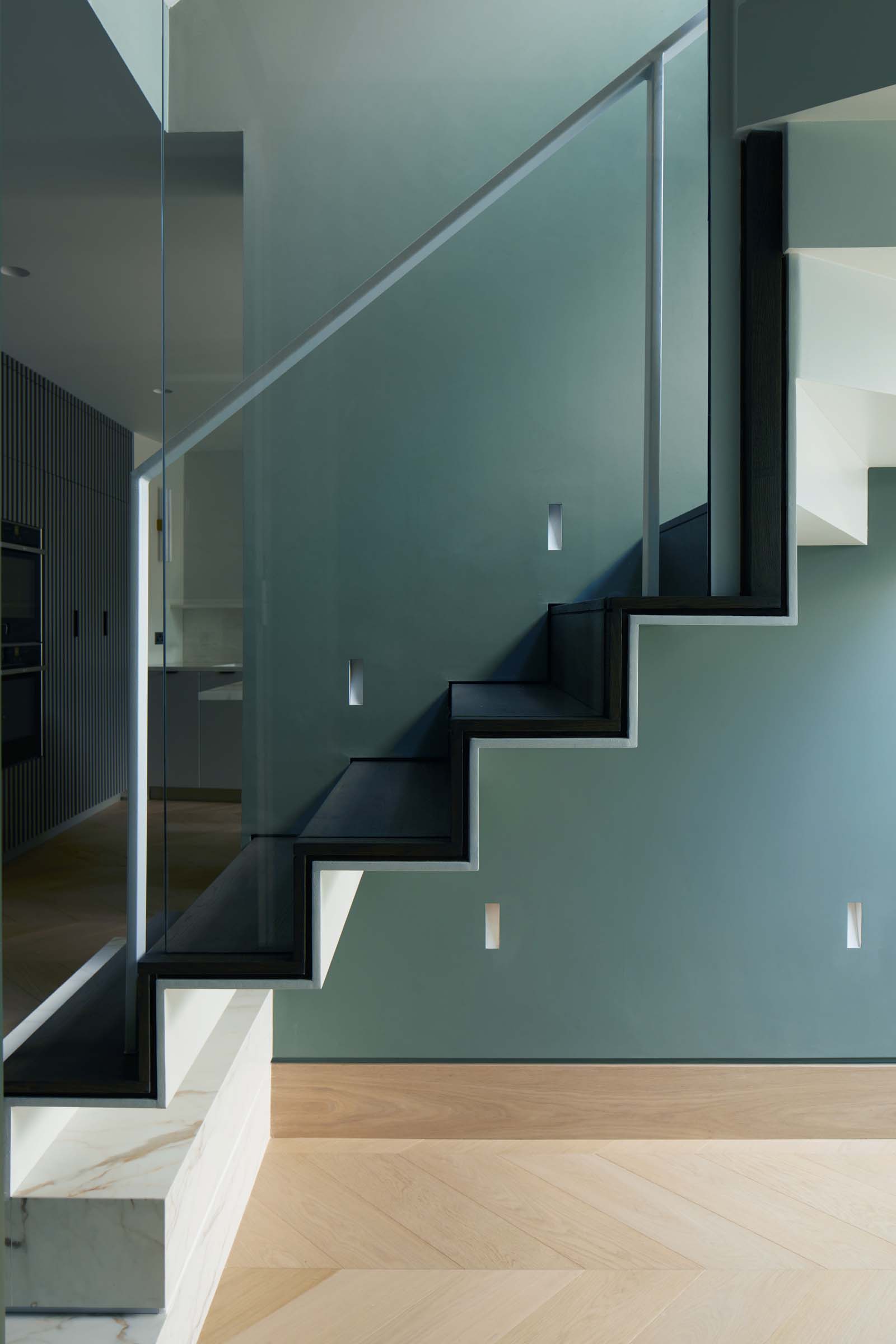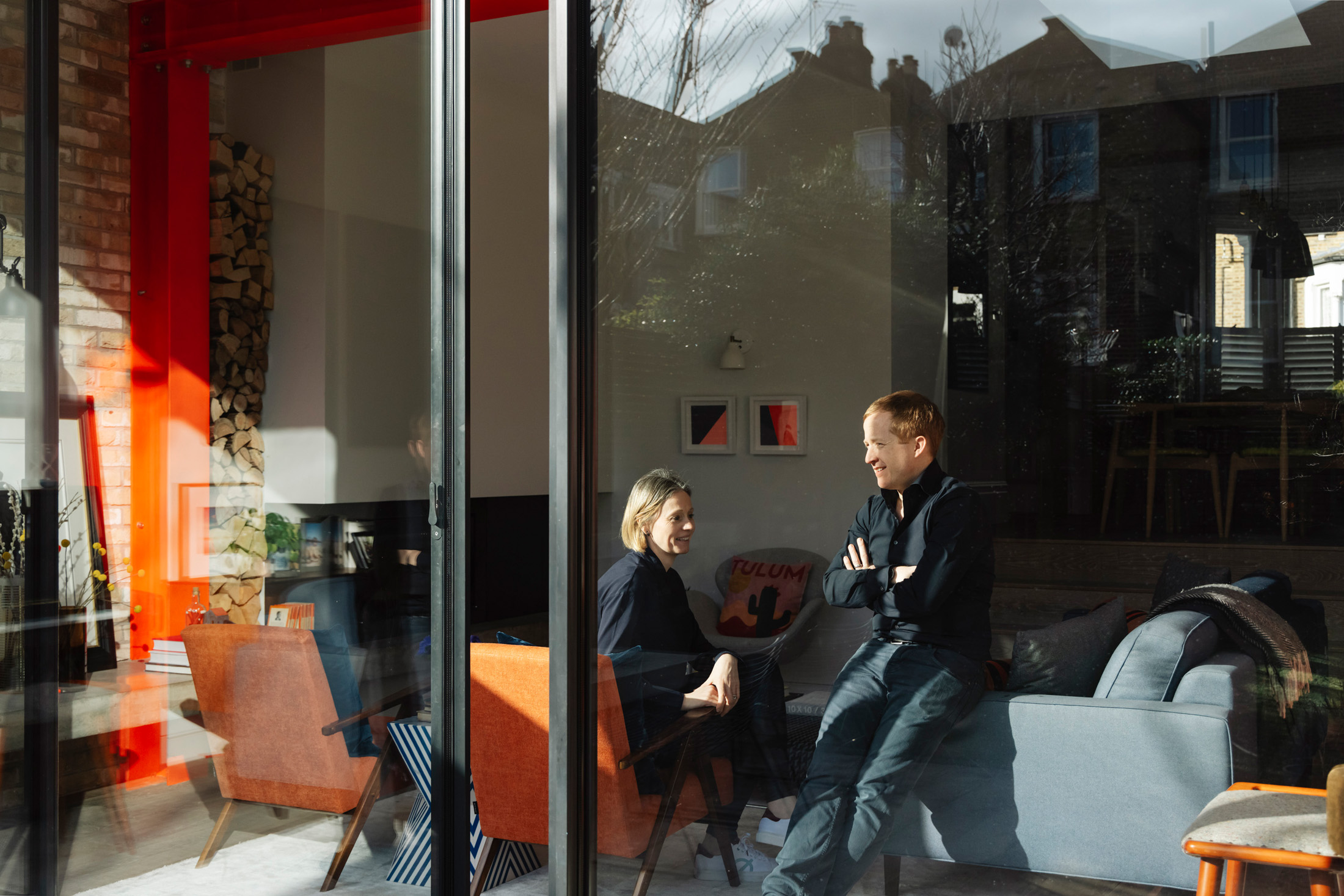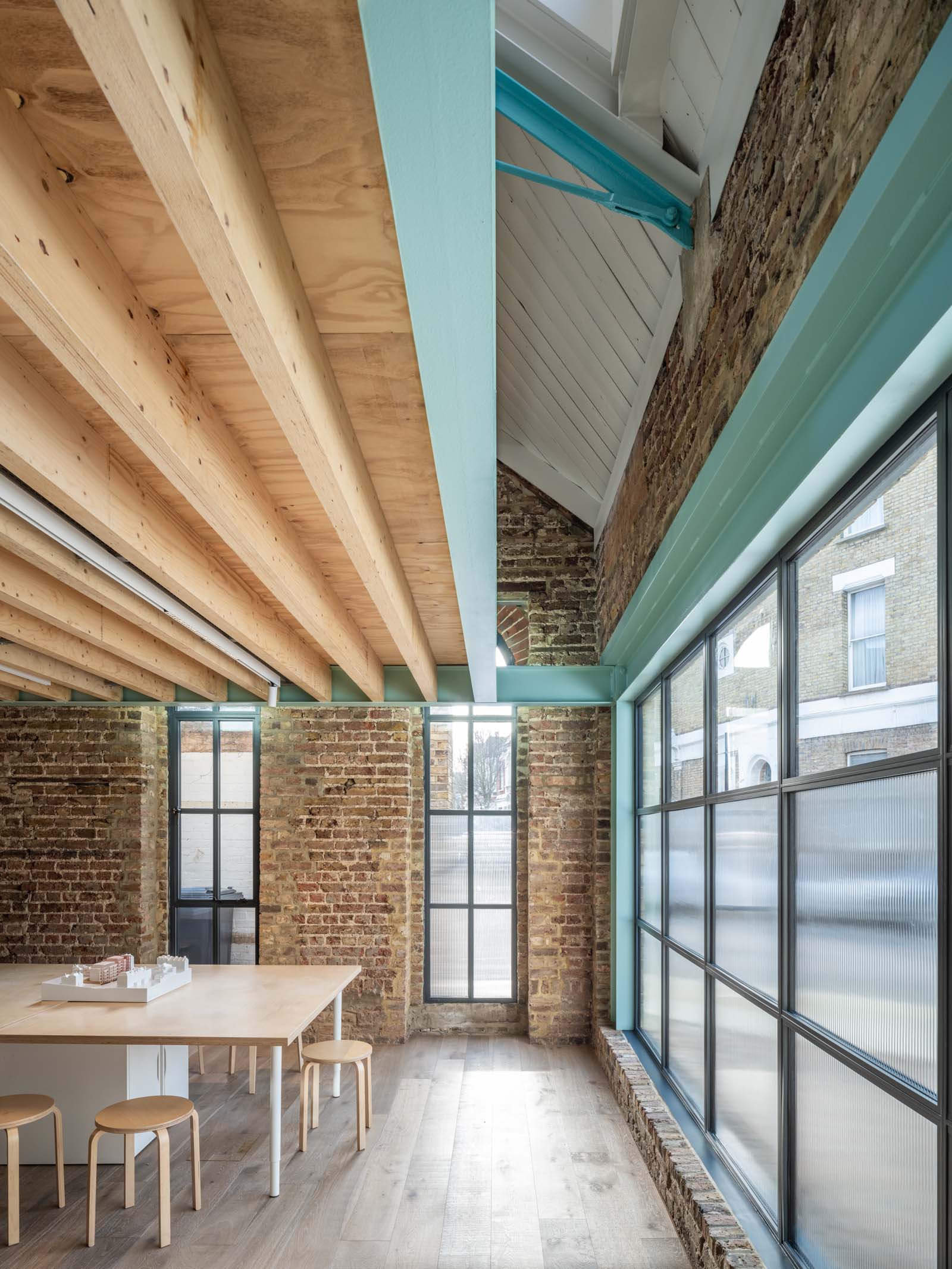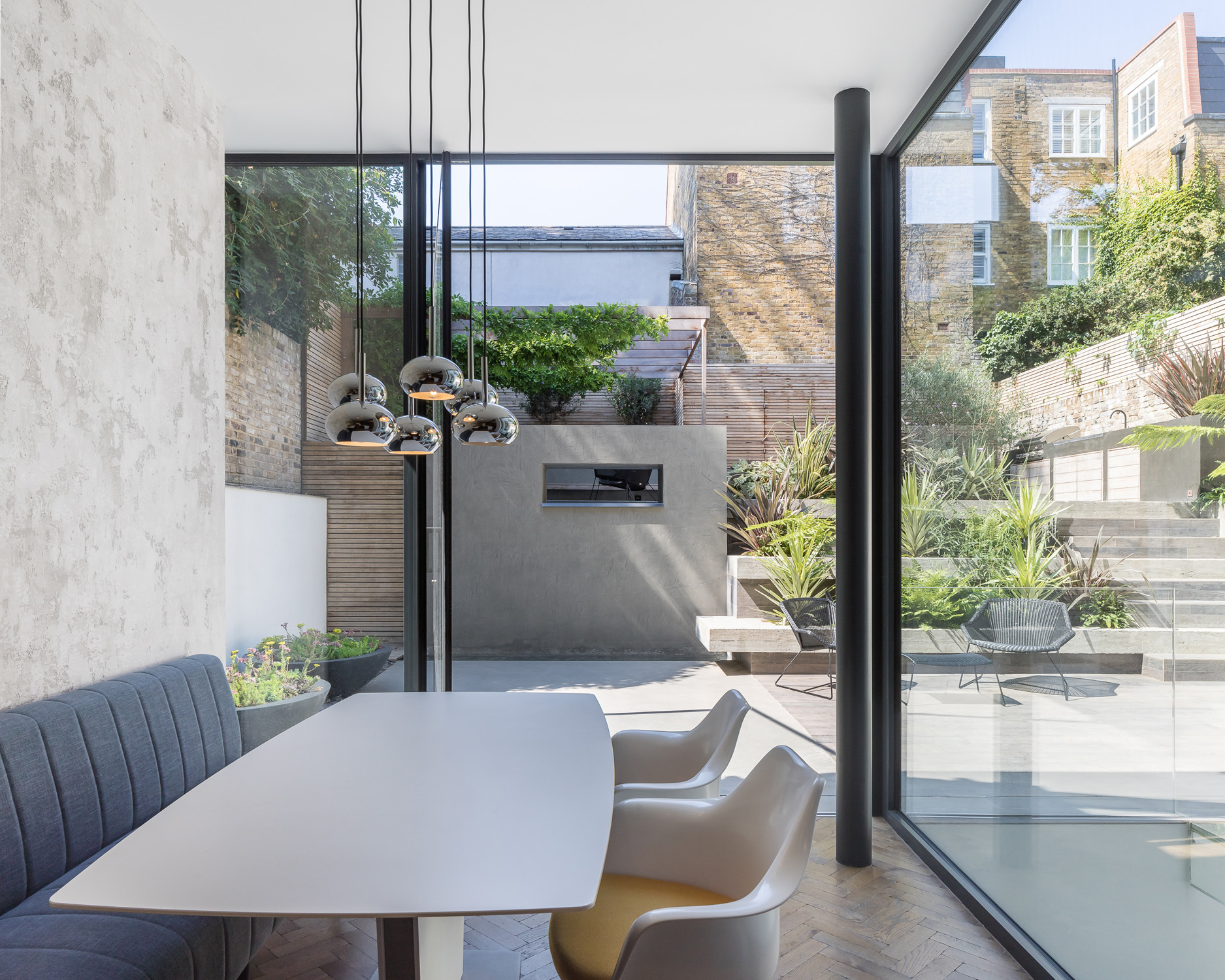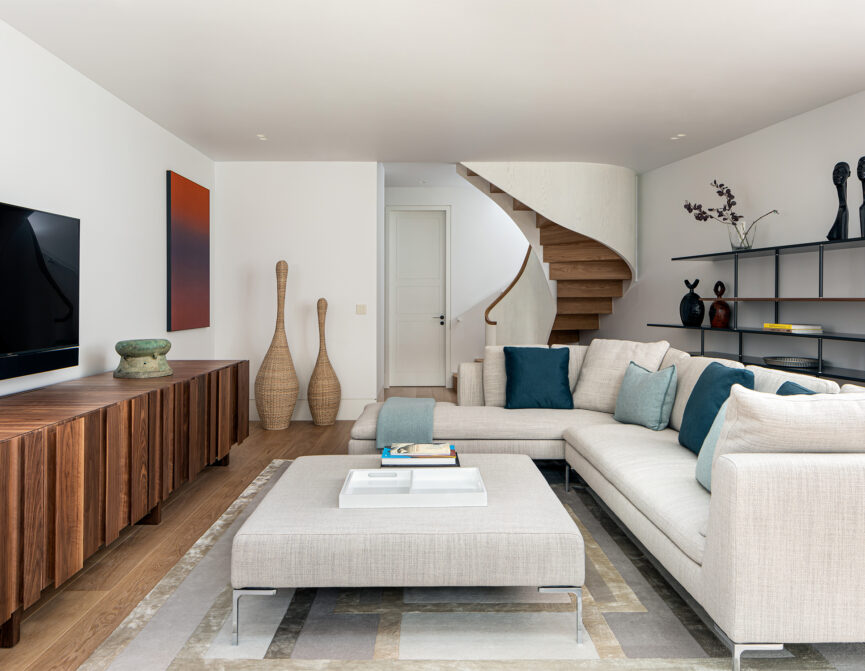Founders David Tigg and Rachel Coll show us around the architectural practice’s new Brook Green home – a daring, democratic space that embodies their guiding design principles.
There’s perhaps no truer expression of an architect’s vision than the place they call home. Take TiggColl’s new West London headquarters. A former Victorian mission church turned workplace for the 22-strong (and counting) team, it embodies each of the practice’s five guiding principles. Radically human and seriously playful, it’s also a lesson in honest expression and transformative thinking. And like all TiggColl spaces, it tells a story.
It’s stories, of people and places, that enable the practice to create a clear vision and design buildings with meaning that lasts, muses David, who established TiggColl with wife Rachel in 2008. “If you don’t start with a story, you create places that don’t make sense,” he says. “It becomes a case of ‘what is this for?’, ‘how do I use it?’. You have to give a building an actual purpose.”
A community building through the ages, a sense of connection was central to the transformation. “We wanted to give ourselves space to grow too,” says Rachel. “We gave a lot of consideration to where we want to be in five- or 10-years’ time.” The primary goal was to make the studio feel both aspirational and homely; a place to work but also unwind when needed. “We were lucky because the space has great bones,” notes David. Stripped right back to the original brick, the skeleton of the structure now takes centre stage – from the exposed wooden ceiling struts to the steel joists, painted in an uplifting palette of greens and blues.
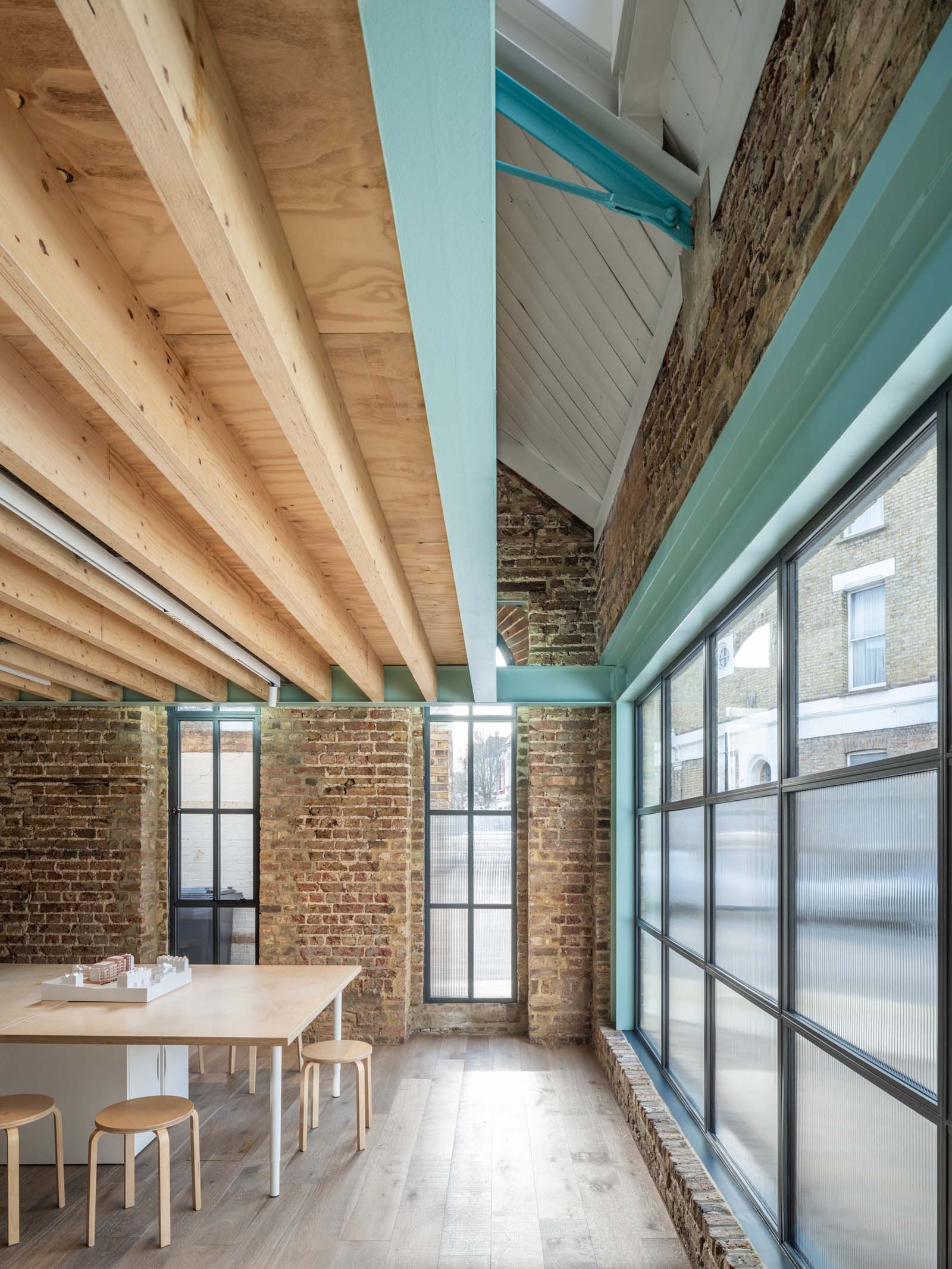


Upstairs is the engine room; a large lateral space flooded with light from the original rose window that enables the team to actively collaborate – “essential, as we really believe in the power of designing and thinking together as a team,” David adds. More pops of colour animate the steelwork – a “nice expression of structure” – and nod to the Victorian penchant for vivid tones.
The ground floor meanwhile is more of a breakout space for colleagues and visitors alike, which revolves around a centrepiece terrazzo kitchen island made from old brick by local company Ethical Stone. It’s a pivot point throughout the day – for breakfast events, lunchtimes and meetings, and – on Fridays – rolling dough for the studio pizza oven.
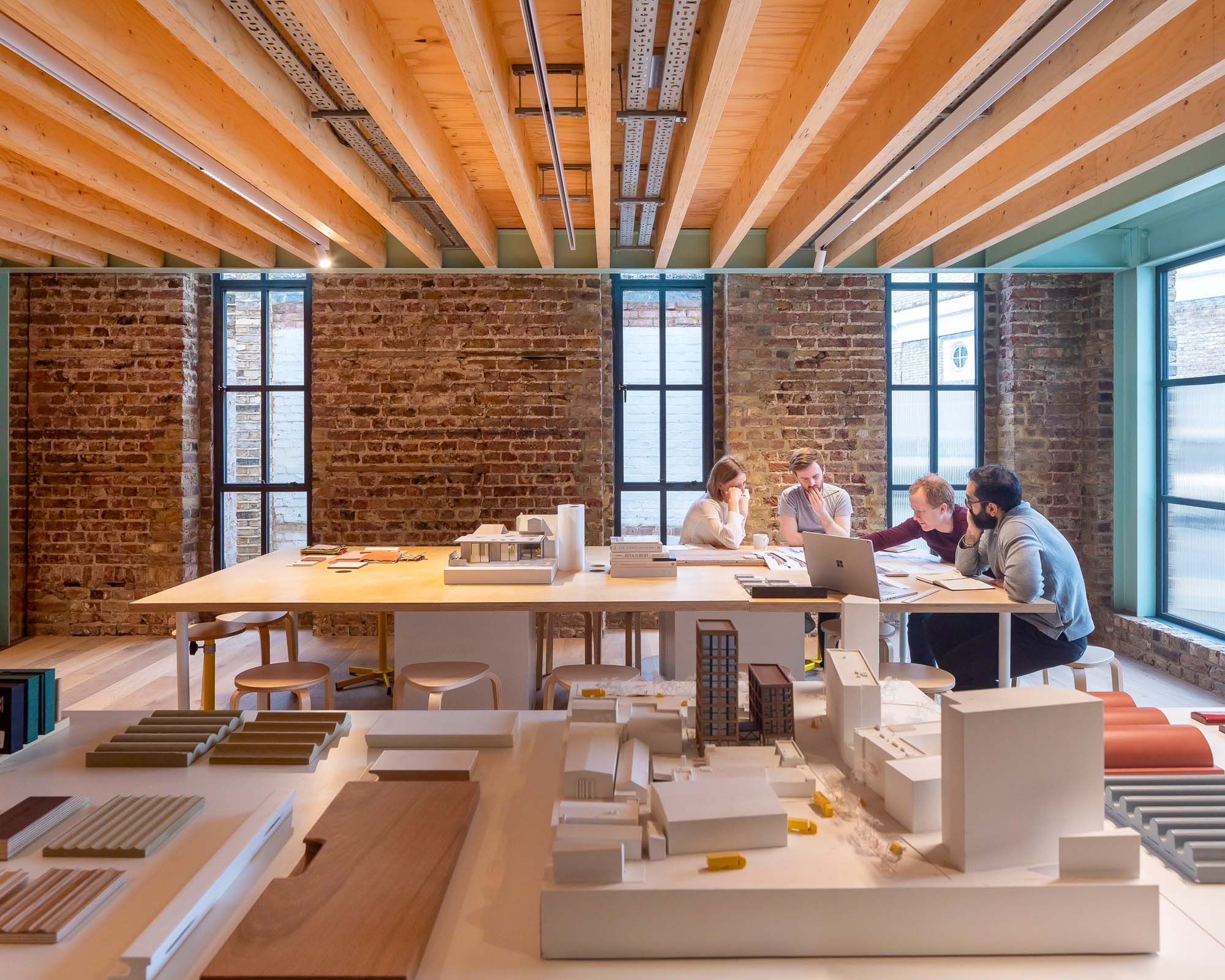
“If you don’t start with a story, you create places that don’t make sense. You have to give a building an actual purpose”
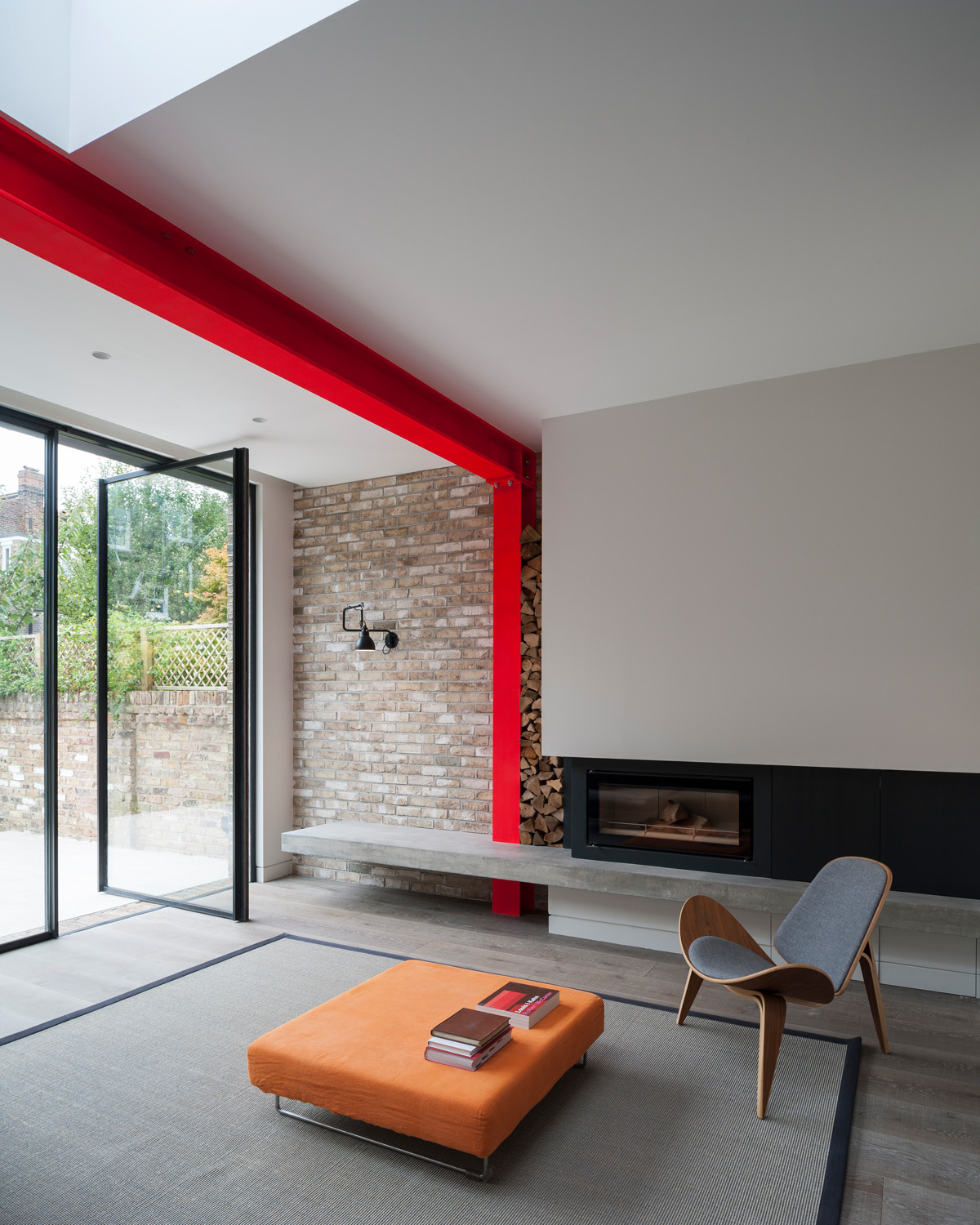
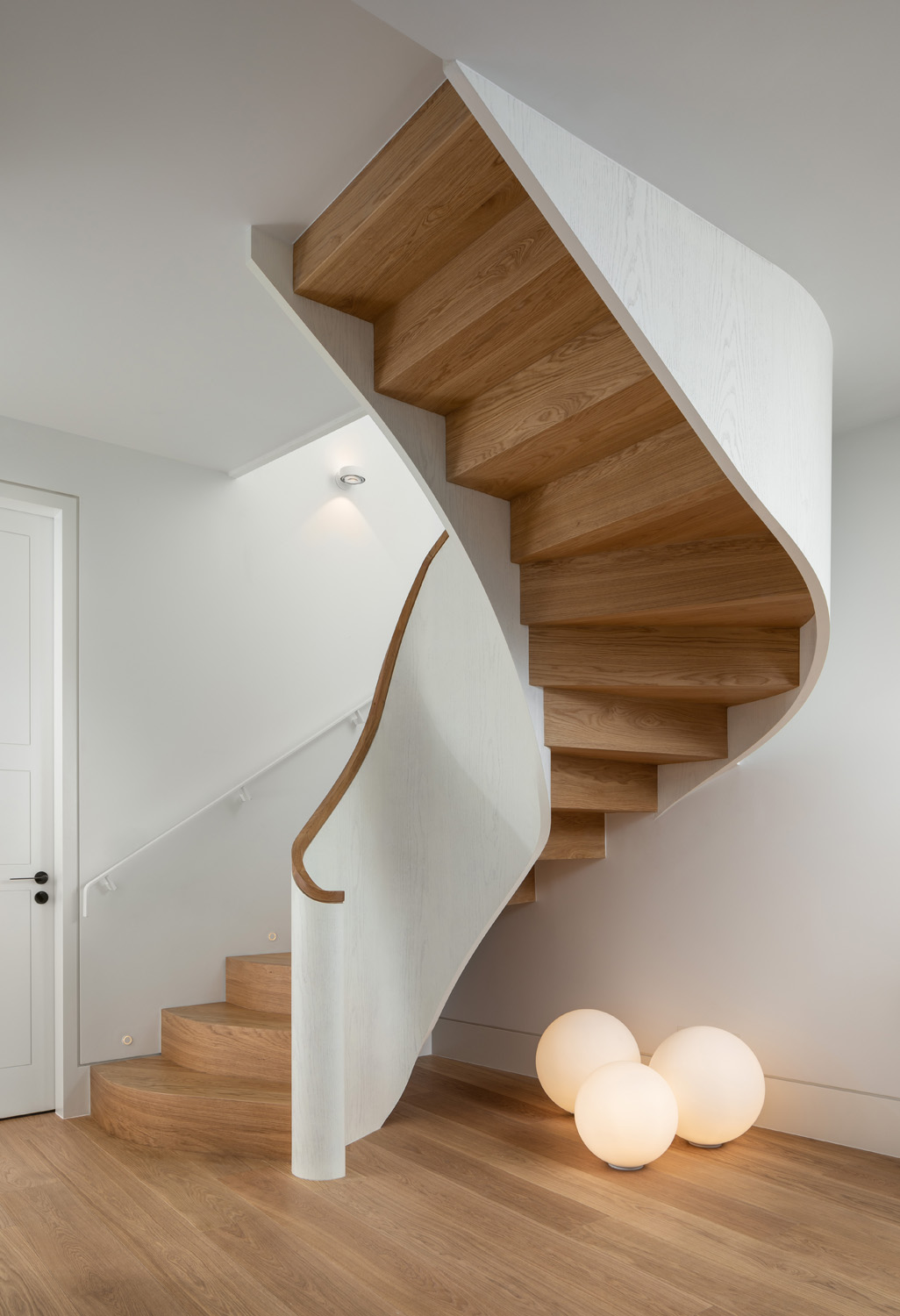

Evidently, TiggColl puts people at the centre of the design process. A constant conversation between dwelling and dwellers, David and Rachel believe that architecture has the power to evoke change – from life changing renovations to “small, careful moves that lead to places performing better and making people feel good”.
Aside from the office, recently completed Canopy House in Chiswick also showcases the studio’s unique brand of transformative thinking. An Edwardian house that had previously been divided into flats, the team was tasked with unifying the footprint and creating an inventive rear extension. Cue a delicately perforated canopy that softly filters the natural light, much like a tree canopy would, and acts as a practical yet striking solar shade to some impressive, curved glazing below.
In other TiggColl projects, honesty of expression is a defining feature. At Woolton House, for example, the team painstakingly considered everything from the bones of the building to the materials used. The result is a bold extension that operates in harmony with the existing fabric and enhances the relationship between old and new. In contrast to the solidity of the original building, it mimics an exoskeleton, providing a lightweight structure that also blurs boundaries with the garden.
In each case, community is everything, notes David. “We’re devoted to creating places that are good for people and society. Places people can identify with, where they feel happier, more connected and ultimately more human.” This mindset encompasses everything from dynamic public domains at co-living buildings like the Chapter developments in King’s Cross, London Bridge and Old Street, to residential homes.
A House for Theo and Oskar was a particularly pertinent project, which involved a conversion and extension of an existing home for a family whose two young sons have neuromuscular disease. “We needed to create a building that would make it possible for the boys to live a full and comfortable life,” says David. “The exposed timber diagrid roof we developed closely with our structural engineers was central to achieving this. In form, it’s strong and playful but it also provides support and shade from the sun and creates a connection with the outside space.”
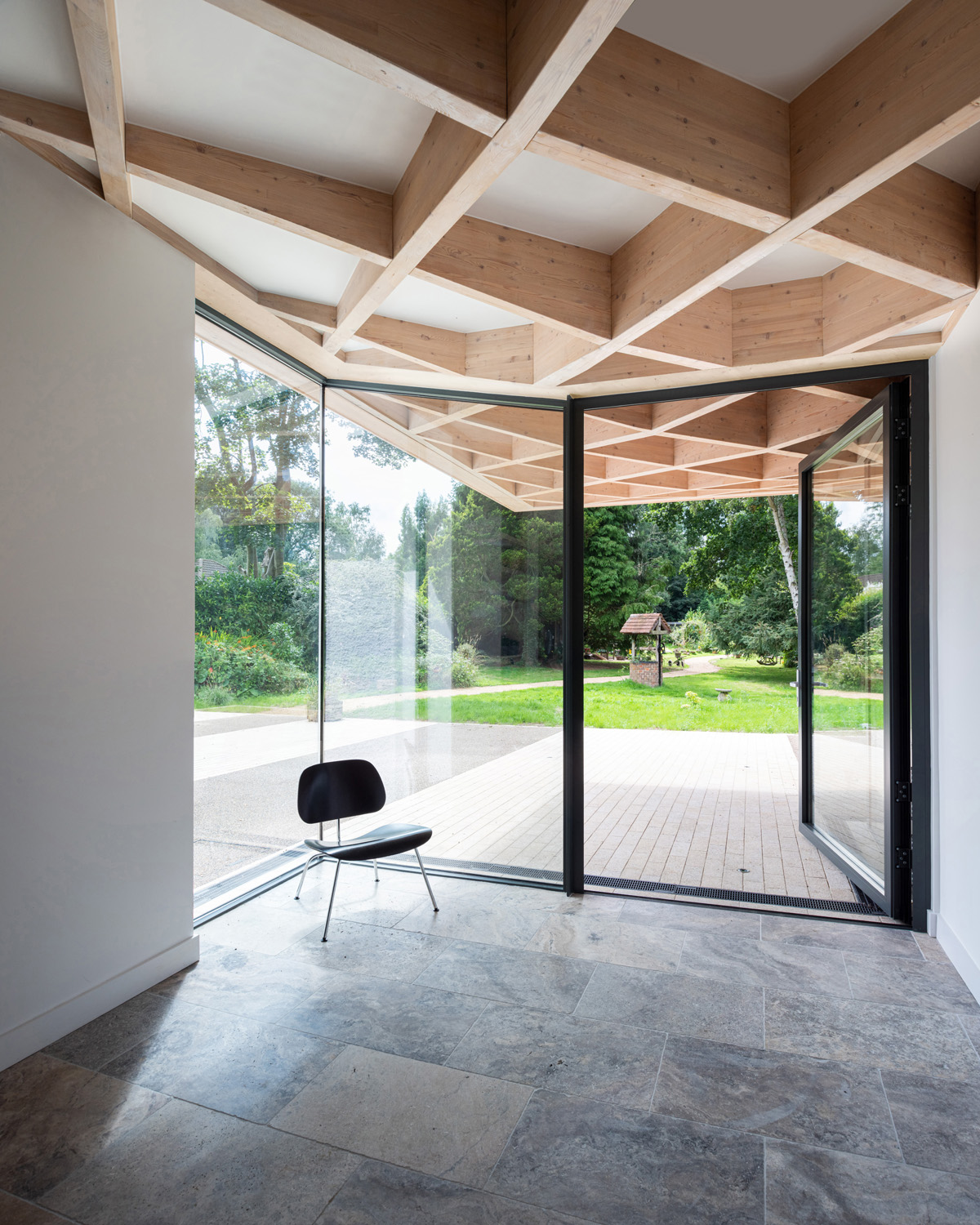
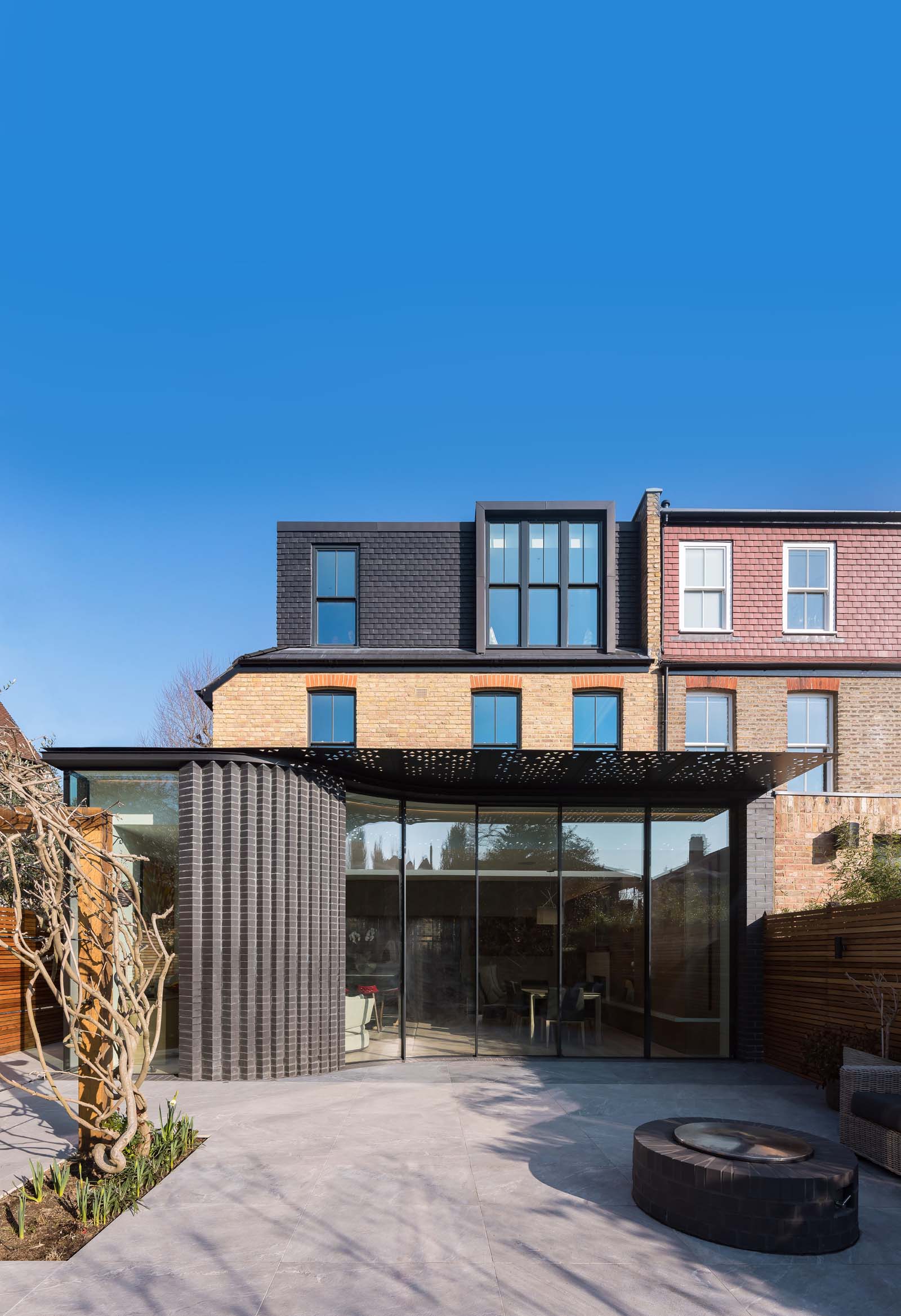

“We’re devoted to creating places that are good for people and society. Places people can identify with, where they feel happier, more connected, and ultimately more human”
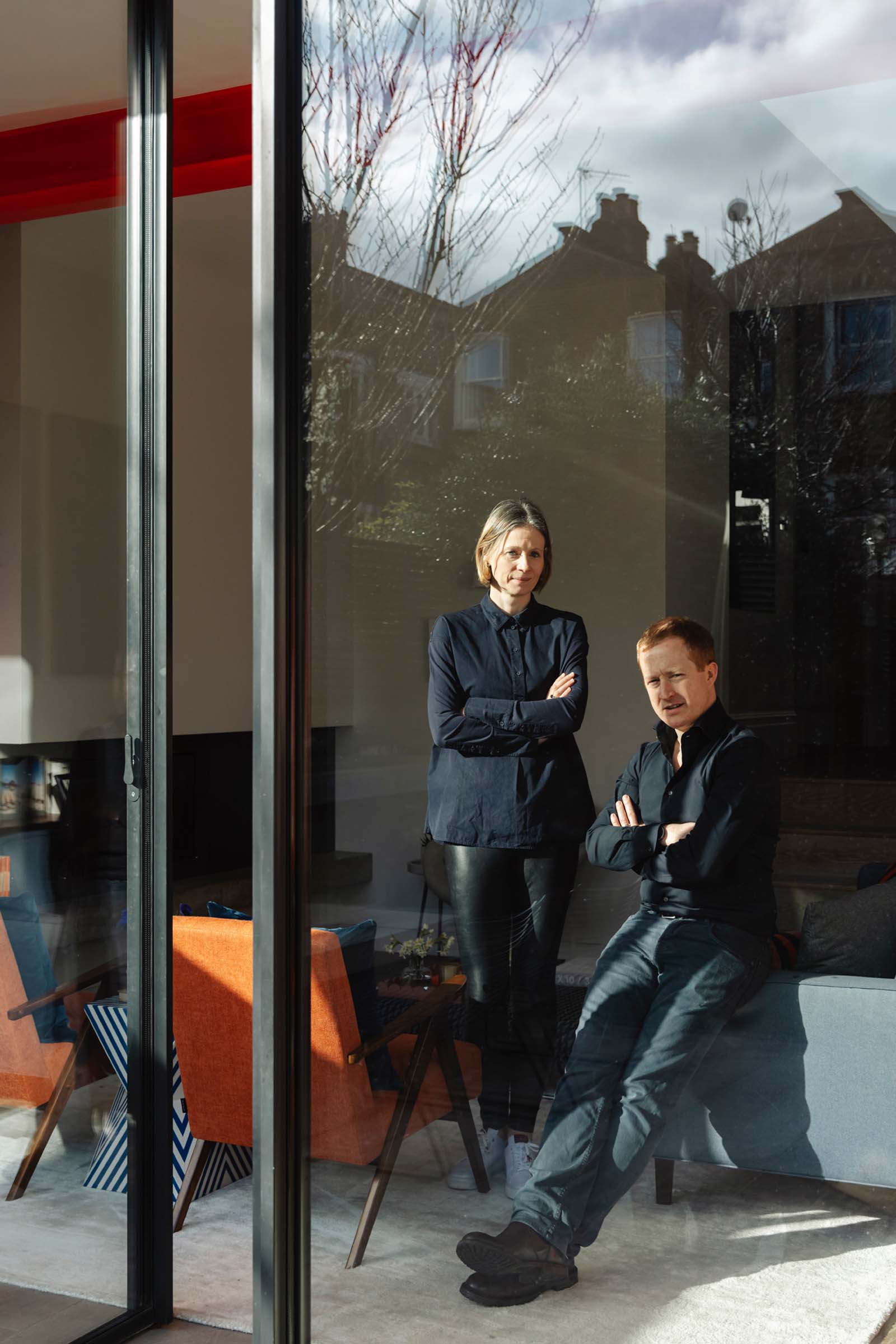


There is, the pair admits, something deeply satisfying about creating buildings and spaces where people can flourish. “Where we spend our days adds up to a lifetime, that’s why we’re dedicated to elevating the everyday,” affirms Rachel.
Designing for yourself is harder than for a client, they acknowledge with a wry smile. But regardless, design and architecture are all about the journey and the collaboration involved. “That’s how we roll. You never want to know in that first session where you’re going to end up,” says David. “It’s such an enjoyable process and when you come out of it, the result is often a surprise for everyone. The evolution that’s involved and the constant challenging of each other means you end up with something fresh and different that no one even knew existed.”





